Technological Innovations
Technological innovations in manufacturing processes are reshaping the Phenolic Board Market. Advances in production techniques, such as improved resin formulations and enhanced curing methods, are leading to higher quality and more efficient phenolic boards. These innovations not only improve the performance characteristics of the boards but also reduce production costs. Recent data suggests that the integration of advanced technologies could lead to a 10% reduction in manufacturing costs, thereby increasing profitability for producers in the Phenolic Board Market. This trend indicates a potential shift towards more technologically advanced products that meet evolving market demands.
Sustainability Initiatives
The increasing emphasis on sustainability within the construction and furniture industries appears to drive the Phenolic Board Market. As consumers and businesses alike prioritize eco-friendly materials, phenolic boards, known for their durability and recyclability, are gaining traction. The market data indicates that the demand for sustainable building materials is projected to grow at a compound annual growth rate of approximately 8% over the next five years. This trend suggests that manufacturers focusing on sustainable practices may capture a larger share of the Phenolic Board Market, as they align their products with consumer preferences for environmentally responsible options.
Growing Construction Sector
The expansion of the construction sector is a significant driver for the Phenolic Board Market. As urbanization continues to rise, the demand for high-performance building materials is increasing. Phenolic boards, with their excellent moisture resistance and durability, are becoming a preferred choice for various applications, including wall panels and flooring. Recent statistics show that the construction industry is expected to grow by 5% annually, which could lead to a corresponding increase in the demand for phenolic boards. This growth suggests that stakeholders in the Phenolic Board Market may benefit from the ongoing construction boom.
Customization and Versatility
Customization and versatility in design are increasingly influencing the Phenolic Board Market. As architects and designers seek materials that can be tailored to specific applications, phenolic boards offer a wide range of finishes, colors, and textures. This adaptability makes them suitable for various sectors, including commercial, residential, and industrial applications. Market analysis reveals that the customization trend is expected to contribute to a 6% increase in the Phenolic Board Market over the next few years. This growth indicates that manufacturers who provide customizable solutions may enhance their competitive edge and appeal to a broader customer base.
Regulatory Support for Quality Standards
Regulatory support for quality standards in building materials is influencing the Phenolic Board Market. Governments are increasingly implementing stringent regulations to ensure safety and performance in construction materials. Phenolic boards, which often meet or exceed these standards, are likely to see increased demand as compliance becomes a priority for builders and contractors. Industry expert's indicate that adherence to quality regulations could enhance the market share of phenolic boards by approximately 7% in the coming years. This regulatory environment suggests that manufacturers who prioritize compliance may gain a competitive advantage in the Phenolic Board Market.



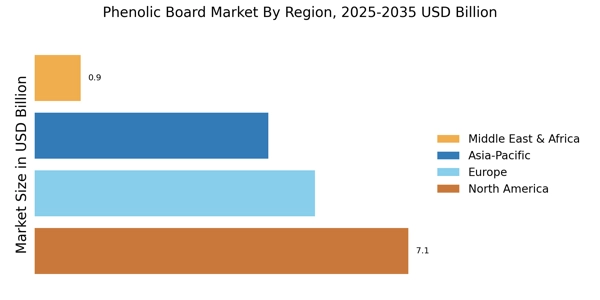
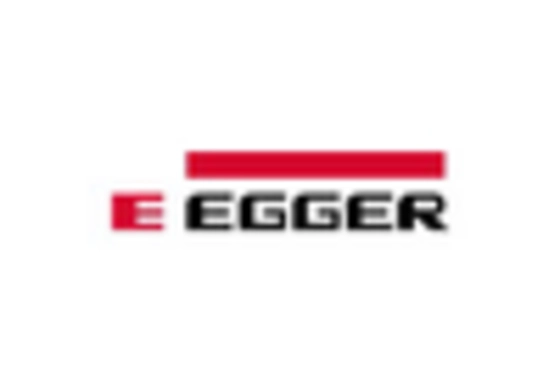
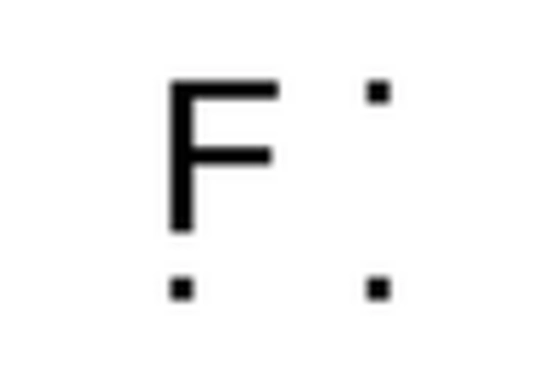
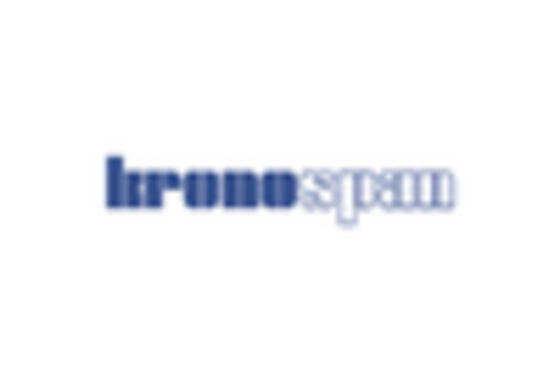


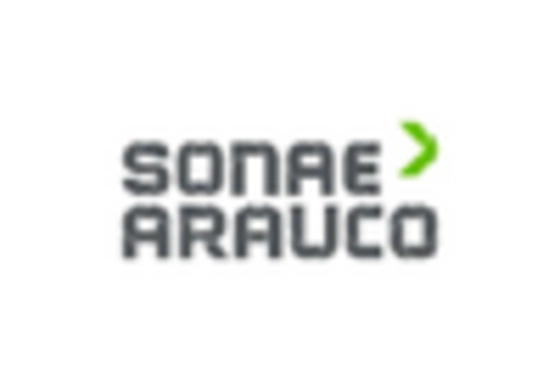








Leave a Comment